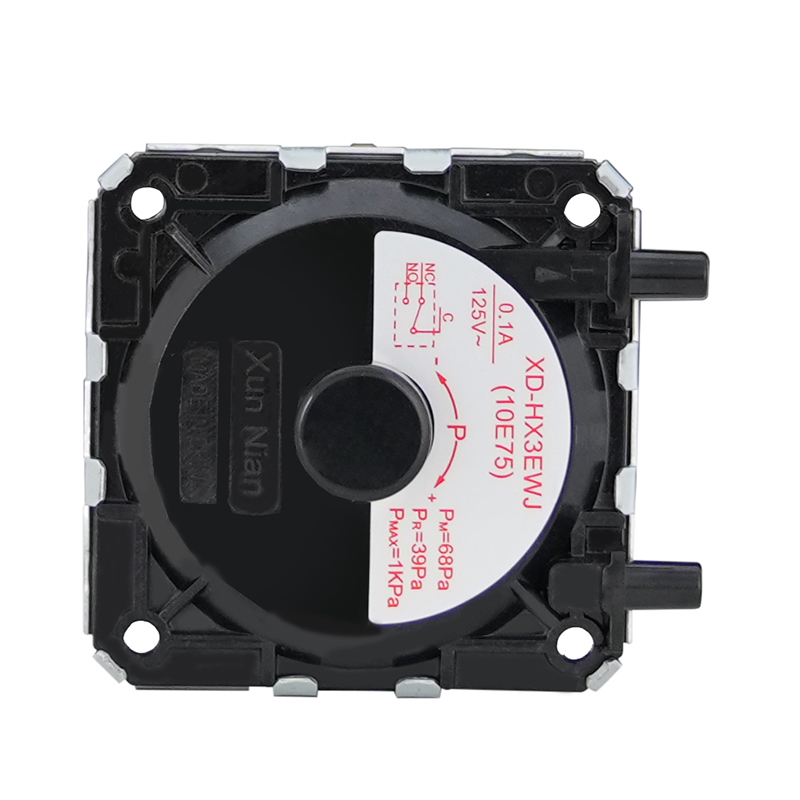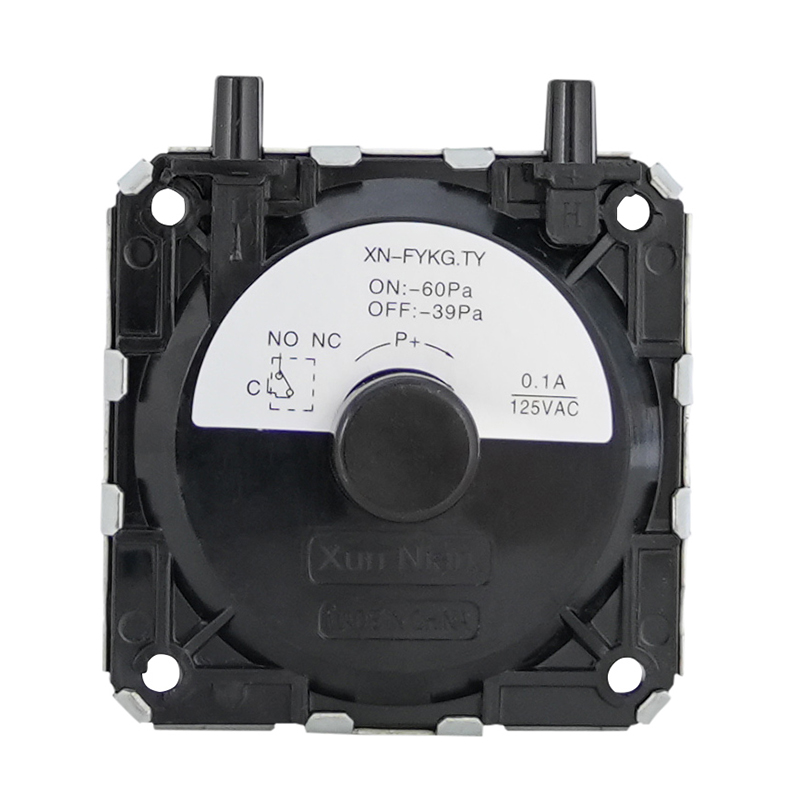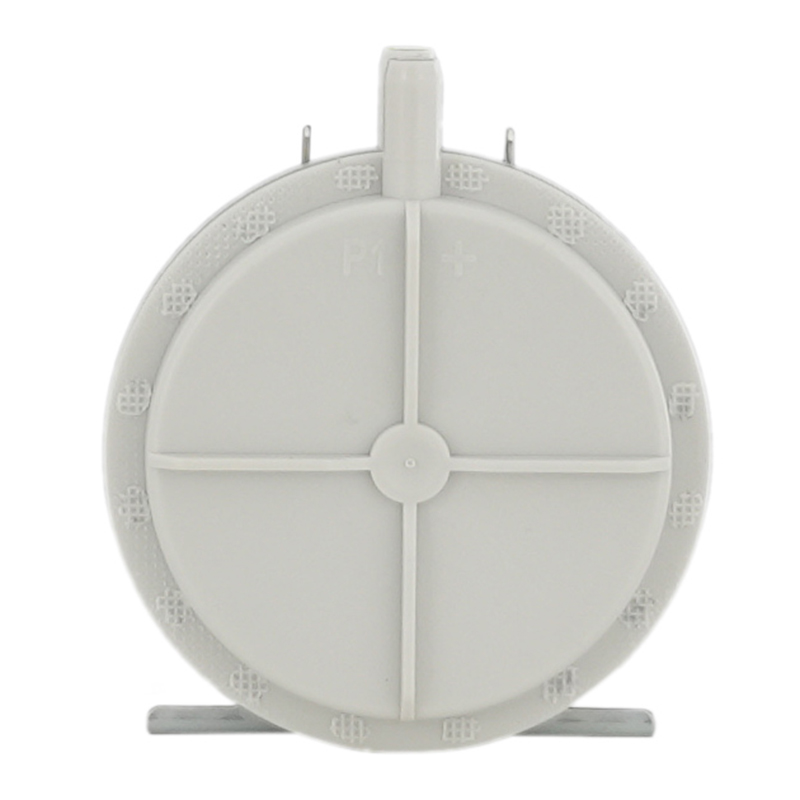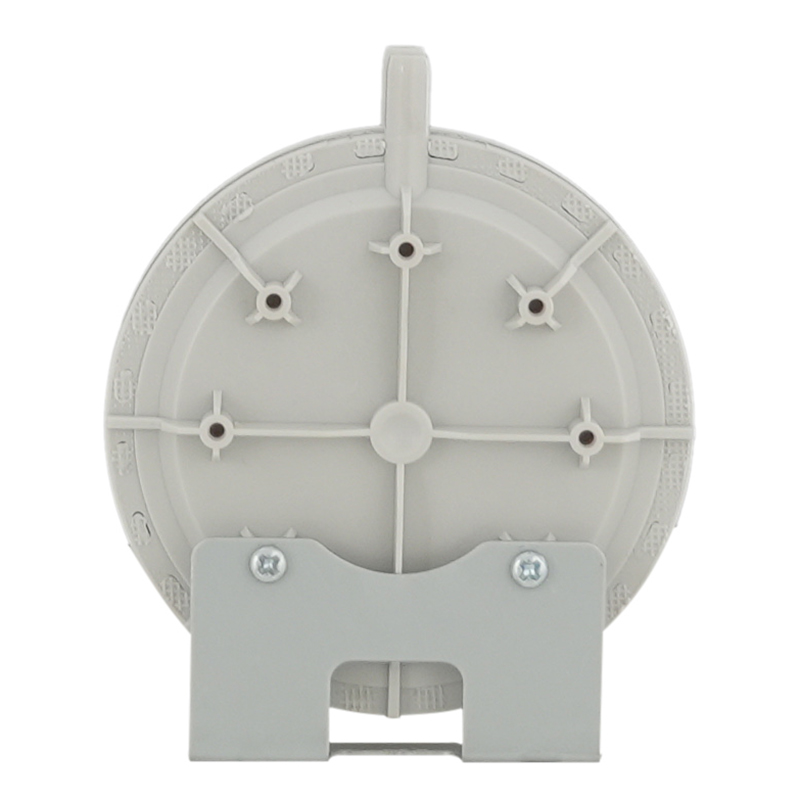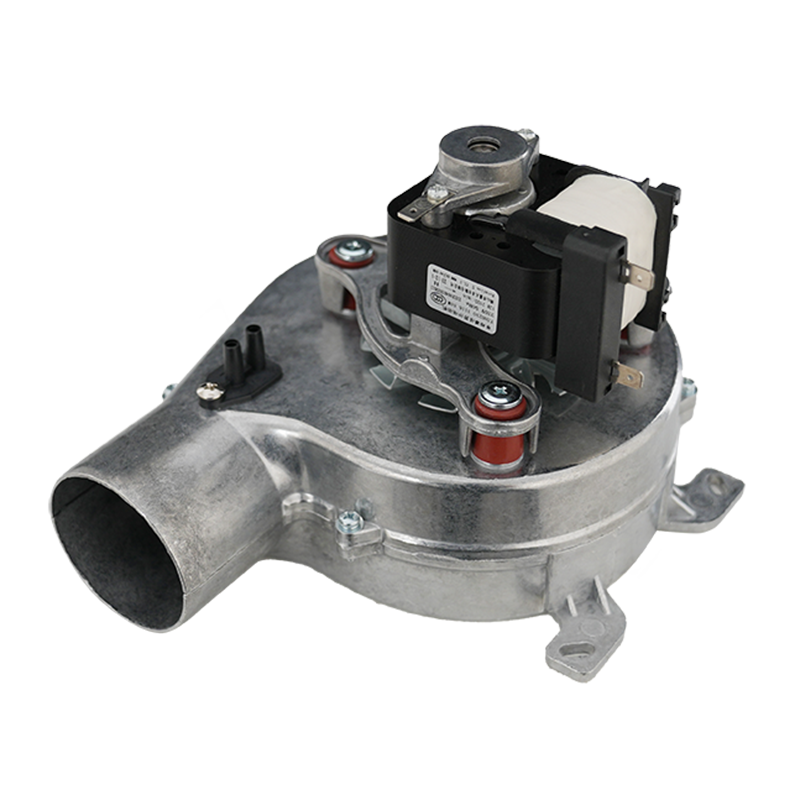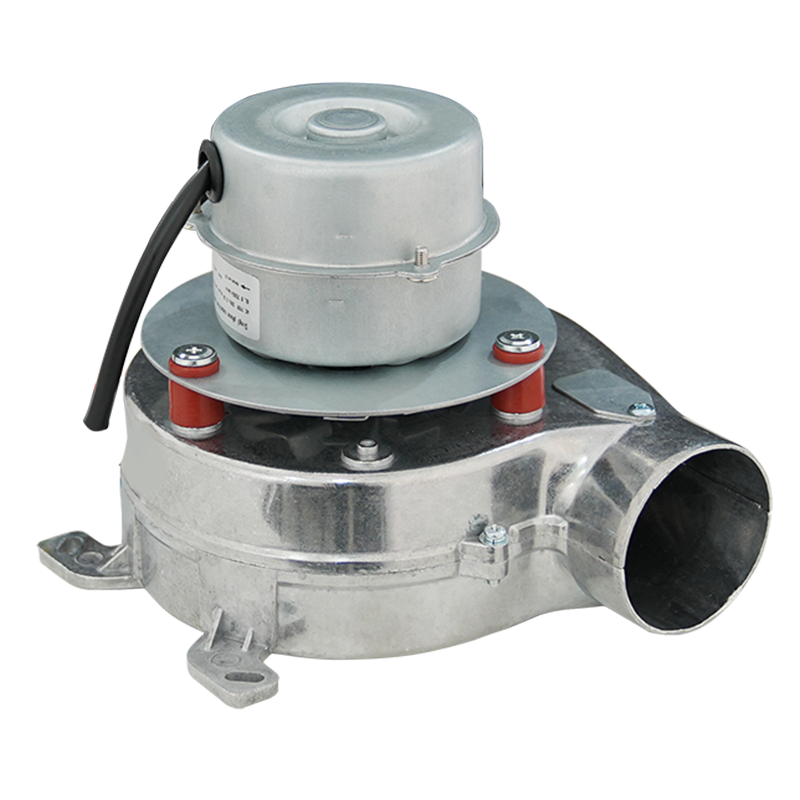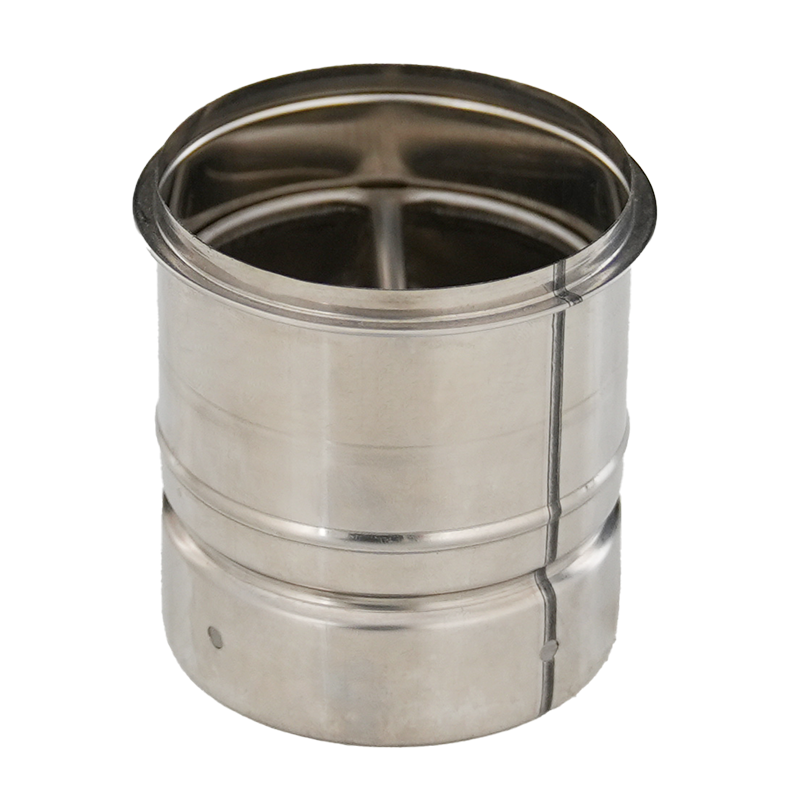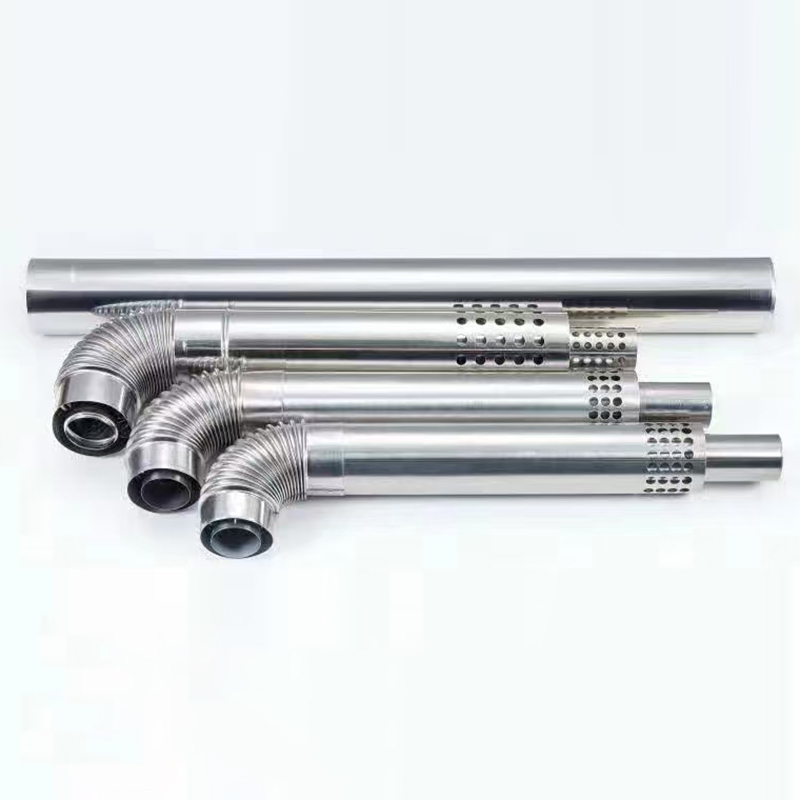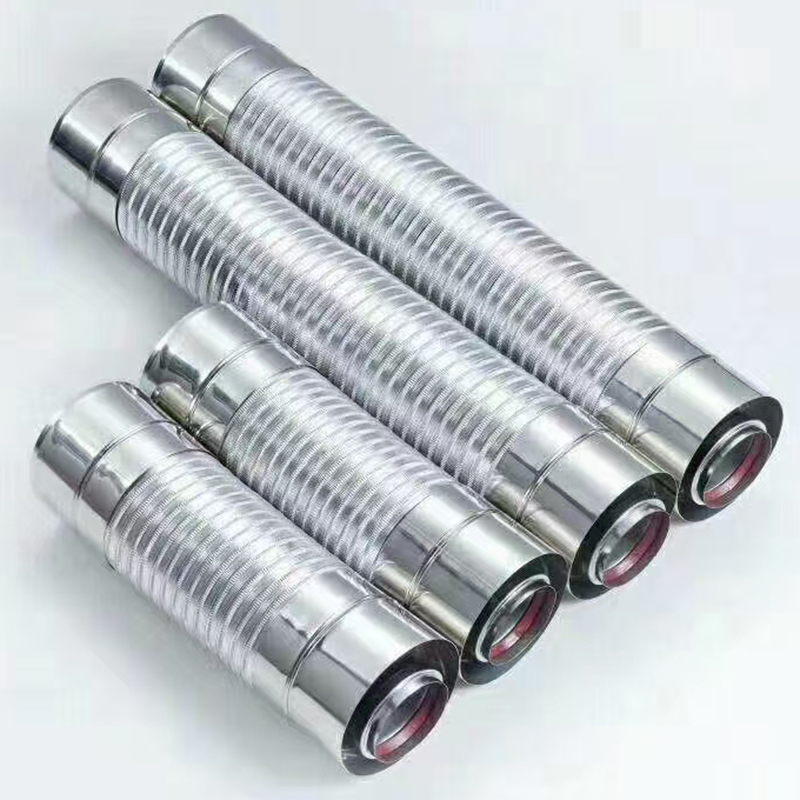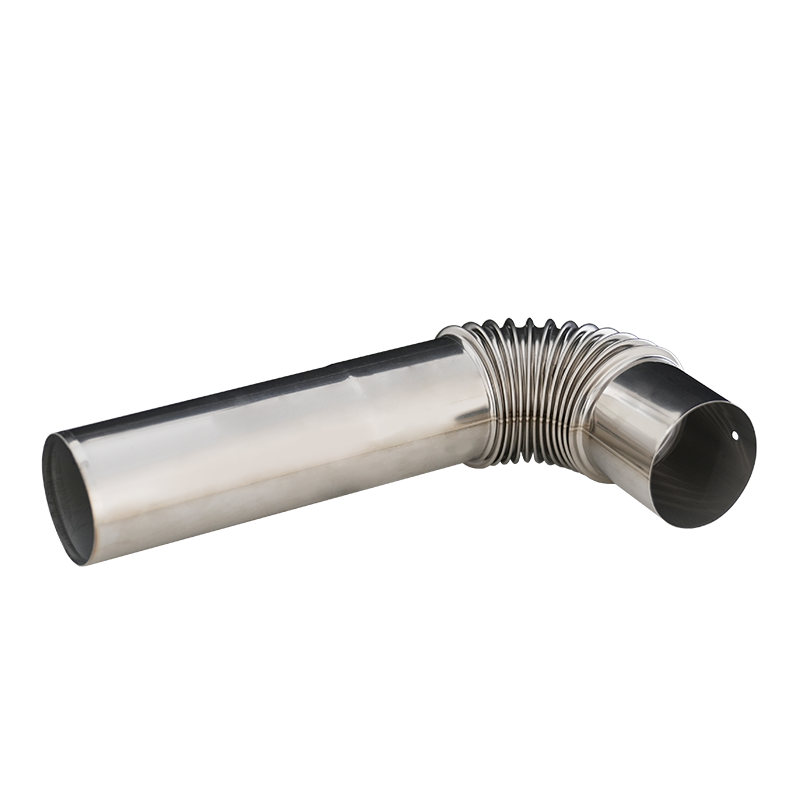In the bitter cold of winter, when we wrap ourselves in warm cotton-padded clothes, binge-watch dramas in the living room, or sleep soundly in the bedroom, few of us notice a tiny component hidden inside the boiler that "silently endures pressure" — the 12V boiler air pressure switch. It’s not big, even smaller than the palm of your hand, yet it has to monitor the "breathing rhythm" of the boiler 24 hours a day. A single mistake could leave the whole family shivering in the cold. Calling it the most "pressure-burdened" item in the house is by no means an overstatement.
Most people’s impression of a boiler is limited to the convenience of "pressing a switch to get hot water and heating," but they don’t realize that the operation of a boiler is essentially a "precise coordination between gas and air." Gas combustion requires a sufficient supply of air for oxygen, and the exhaust fumes after combustion must be discharged outdoors in a timely manner. If there’s insufficient air supply or the exhaust fumes can’t be discharged, not only will the boiler "stop working," but it may also produce toxic gases like carbon monoxide, endangering the safety of the family. The 12V boiler air pressure switch is both the "first line of defense" and the "last line of defense" in this "safety battle."
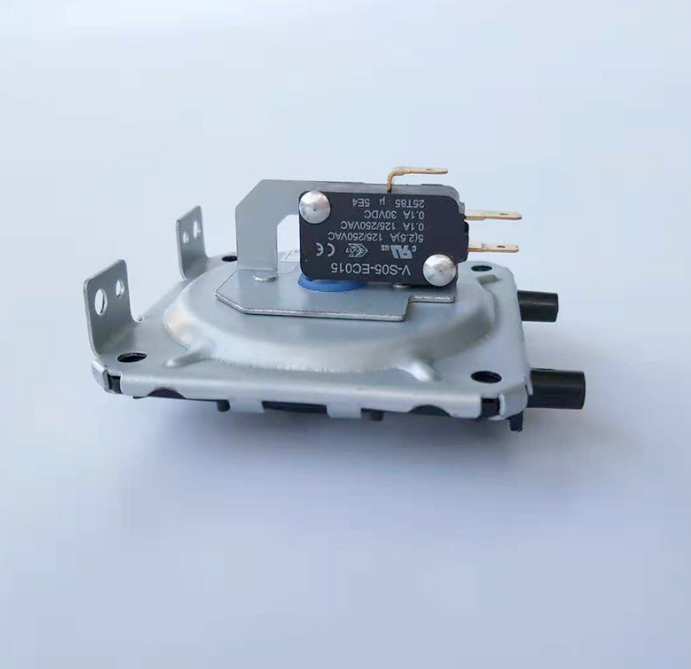
Its "pressure" first comes from the real-time monitoring of "air pressure balance." When the boiler starts, the fan operates first, drawing air into the combustion chamber and pushing exhaust fumes toward the flue pipe. At this moment, the air pressure switch must immediately detect whether the "inlet air pressure" and "exhaust air pressure" meet the standards: insufficient inlet air pressure means no air is being supplied, and gas can’t burn fully; abnormal exhaust air pressure may indicate a blocked flue pipe (e.g., blocked by fallen leaves or snow), which would cause exhaust fumes to flow back into the room. If either air pressure fails to meet the threshold set by the 12V circuit system, the air pressure switch will immediately trigger a protection mechanism — cutting off the gas supply, stopping the boiler’s operation, and lighting up the fault indicator light at the same time.
Ms. Wang from Beijing once had her whole family "saved" by this small component. Last winter, her boiler suddenly stopped supplying heating. After a maintenance worker came to check, it turned out that the outdoor flue pipe was blocked by a plastic bag blown by the wind, causing the exhaust air pressure to drop sharply. The air pressure switch promptly "tripped." "The worker said that without this switch, the exhaust fumes would have flowed back into the house, and we might have suffered from gas poisoning. Just thinking about it makes me scared," Ms. Wang still felt a lingering fear afterward. Behind this incident is the 12V air pressure switch’s "persistence" in low-temperature environments — even when the outdoor temperature drops to -20℃, its internal 12V low-voltage circuit can still work stably, with no contact failure caused by low temperatures.
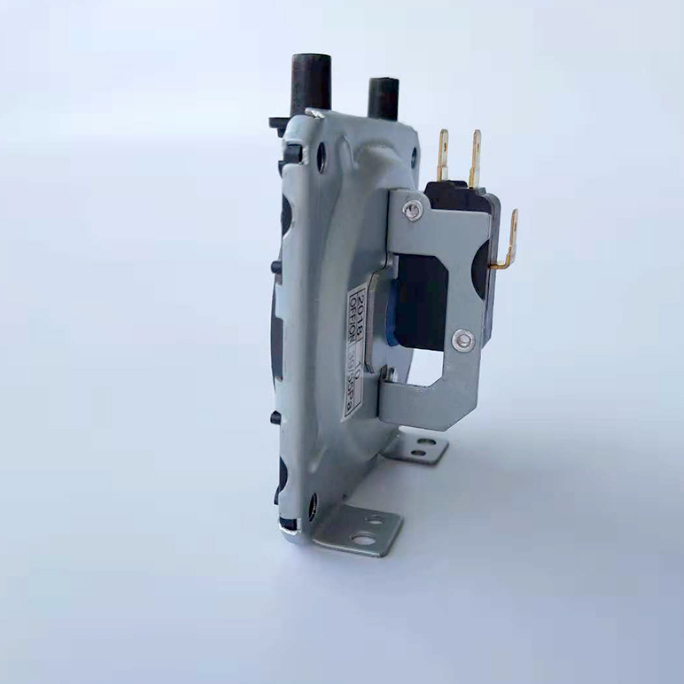
Its "pressure" also comes from the "test of high frequency." A household boiler may start dozens of times a day in winter: turning on the heating when getting up in the morning, turning on hot water for a shower at night, and automatically supplementing heat when the room temperature drops during the day... Every time it starts, the air pressure switch has to complete a cycle of "detection-judgment-feedback," resulting in tens of thousands of "working cycles" throughout the year. Ordinary pressure switches may wear out under high-frequency use, leading to reduced detection accuracy. However, the 12V boiler air pressure switch has been optimized for household scenarios: it uses a corrosion-resistant nylon shell to isolate high temperatures and moisture inside the boiler; its contacts are made of silver alloy to reduce arc wear, and its service life can reach 5-8 years — equivalent to accompanying the boiler through most of its "service life."
More importantly, it must strike a perfect balance between "low-voltage safety" and "high-efficiency response." Most household circuits are 220V, but the boiler air pressure switch specifically adopts a 12V low-voltage design. This is because there are gas pipes inside the boiler; if a high-voltage circuit leaks electricity, it may trigger sparks, posing a safety hazard. 12V is a safe voltage — even if there’s a circuit fault, it won’t harm the human body or ignite the gas. But low voltage doesn’t mean "slowness"; its response speed can reach 0.1 seconds — the entire process from detecting abnormal air pressure to cutting off the gas supply is faster than the blink of an eye, minimizing risks to the greatest extent.
Now, when we look at the boiler again, we may have a deeper respect for this 12V air pressure switch hidden inside. Unlike air conditioners or refrigerators, it doesn’t get much attention, yet on every cold day, it silently endures the pressure of "monitoring air pressure and safeguarding safety." With its precise detection and quick responses time and time again, it allows us to enjoy warmth with peace of mind. When we sigh "winter is great" in our warm homes, don’t forget that behind this warmth, a small component is standing firm in its post, "burdened with pressure."
If your boiler has also been in use for a few years, you might as well ask the maintenance worker to point out this "safety guard" to you during the next service. It may be unremarkable, but it’s exactly such small components that form the "major defense line" for household safety — after all, the warmth of a home always needs "safety" to protect it, and this protection lies in every "precise judgment" of the 12V boiler air pressure switch.


